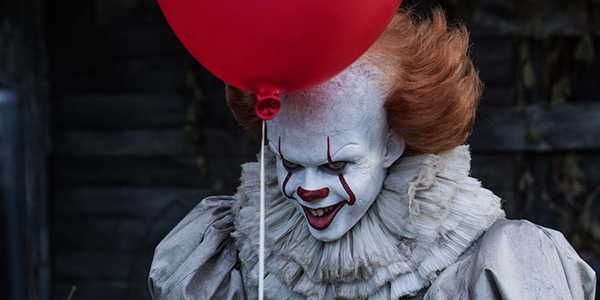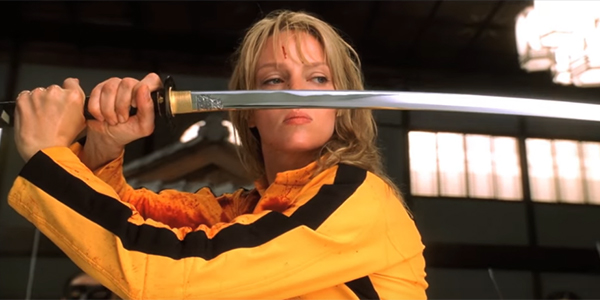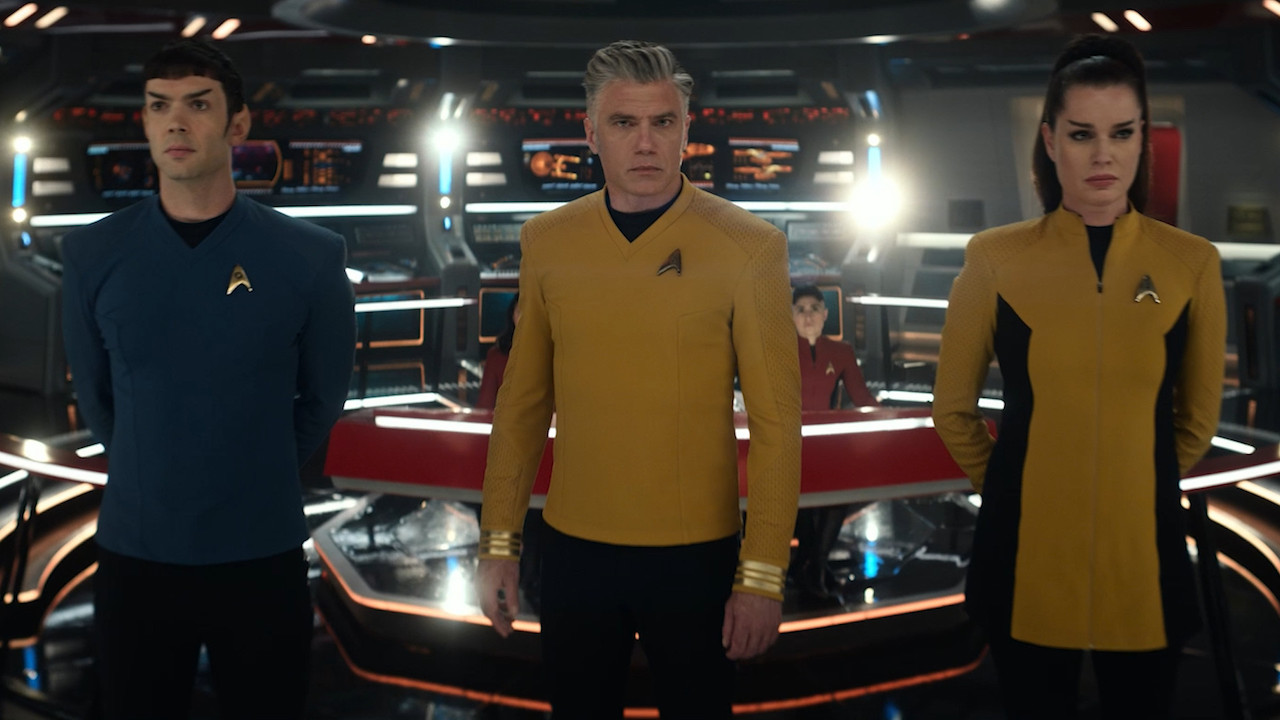Why Hollywood Should Make More Two-Part Movies

In Hollywood, more is always more. In the current IP-driven marketplace, the name of the game is sequels, franchises, trilogies and cinematic universes. So many movies are planned out with these goals in mind and three seems to be the minimum number of required films for any sort of blockbuster series. To a degree that's natural. After all, stories have beginnings, middles and ends. Also, many movie trilogies are adapted from novel trilogies, so the one to one translation makes sense. Cinematic history is filled with great trilogies too: The Lord of the Rings, the modern Planet of the Apes, Toy Story, Star Wars. So trilogies are the de facto standard that many properties aim for. There is, however, another format that is much more rare: the two-parter. We don't see them very often, but two-part movies or duologies (technically dilogies, but I prefer duology, etymological accuracy be damned) are a unique storytelling format that is underutilized and Hollywood should make more of them.
The history of two-part movies is not particularly notable. There are no lists of greatest duologies like there are for trilogies. YA properties like Hunger Games, Harry Potter and Twilight all had final installments divided into two parts, but I don't count those since they were all part of a larger series of films. Also, to be clear, I mean two movies conceived of as two movies. Not a movie and its sequel like The Incredibles and Incredibles 2 or The Equalizer and The Equalizer 2. I'm talking about something like IT.
Some might say that IT works as a two-parter because it is based on source material that has a natural and obvious break point to separate that story. The novel is also a doorstopper. But if we look at Quentin Tarantino's Kill Bill, we see how an entirely original story can work as a two-part movie. Kill Bill is really just one long story; a bloody affair that is separated in the middle, providing a fun sort of cliffhanger that left audiences wondering if and how Beatrix Kiddo would fulfill the mission statement in the title.

There are several merits of a two-part movie. For one, as agonizing as they can sometimes be, cliffhangers are fun. Ending in the middle of a story often leaves you on the edge of your seat waiting for the next installment. There is also something cool about watching a movie and then knowing that the next time you visit that world, you will see the conclusion to that story. It's not a drawn out process. Even for IT, where the two halves are separated by two years, that intervening time just builds the anticipation for the end of the story. Trilogies also tend to feel like distinctly separate films with multiple arcs, while two-part movies can feel more like one long story.
The structure of a two-part movie also provides another option to make the form of a film suit the content of the story. Not all stories need three or more films. Two-part movies can be used as a way to provide a tighter, cleaner story than three plus films would. The Hobbit films were probably never going to live up to The Lord of the Rings, but would they be remembered with quite as much disappointment if they had stuck to the earlier plan to be a two-film series? Maybe, maybe not, but it's worth considering.
Alternatively, not all stories fit neatly into a feature length film, even a long one. A two-part move could allow for a story to breathe. When adapting existing source material, mythology can be fleshed out and a greater degree of faithfulness can be achieved. Blade Runner 2049 director Denis Villeneuve is making Dune, based on Frank Herbert's epic and influential science fiction novel. Dune is part of a series, so Denis Villeneuve's exact adaptation goals aren't 100% clear, but he has stated that his goal is to make two Dune movies. If he is just referring to the first book, two movies is a great way to go. The novel is 896 pages long and contains dense Game of Thrones-esque mythology to introduce audiences to. Letting that be fully fleshed out over two films is a great way to do justice to the story and let it breathe.

Sometimes two movies might be the sweet spot between a single, overly condensed film and three or more movies where too much of the runtime is spent treading water. As is the case with anything, the form should fit the content. I would never advocate adapting a trilogy of novels into two truncated films, but sometimes when there isn't an obvious three-film arc, less is more. Obviously two-part movies should not be utilized as a way to double the profits by stretching out a story like butter over too much bread. However, for stories that justify two films, the studio will be positioned to reap double the financial benefits.
Your Daily Blend of Entertainment News
It's often hard enough to get enough money for one movie, so unless a powerful creator is making it, most movies that aren't based on some existing IP are going to have trouble getting financing for two films. But when it is possible, as an adaptation or an original project, the two-part model is worth considering.
While CGI, motion capture, Steadicam, 3D or any number of technologies and techniques are viewed as tools that enable a filmmaker to tell a story, the format and length of the story is also a tool. Right now, two-part movies are a tool that is largely going unused. Hollywood should start looking at the benefits of two-part movies and begin utilizing this format more often, ushering a new era of great duologies, dilogies, diptych's, whatever.
Denis Villeneuve's Dune does not yet have a release date but Andres Muschietti's IT Chapter Two releases on September 6, 2019. For all the latest movie news, stay tuned to CinemaBlend.
Nick grew up in Maryland has degrees in Film Studies and Communications. His life goal is to walk the earth, meet people and get into adventures. He’s also still looking for The Adventures of Pete and Pete season 3 on DVD if anyone has a lead.

